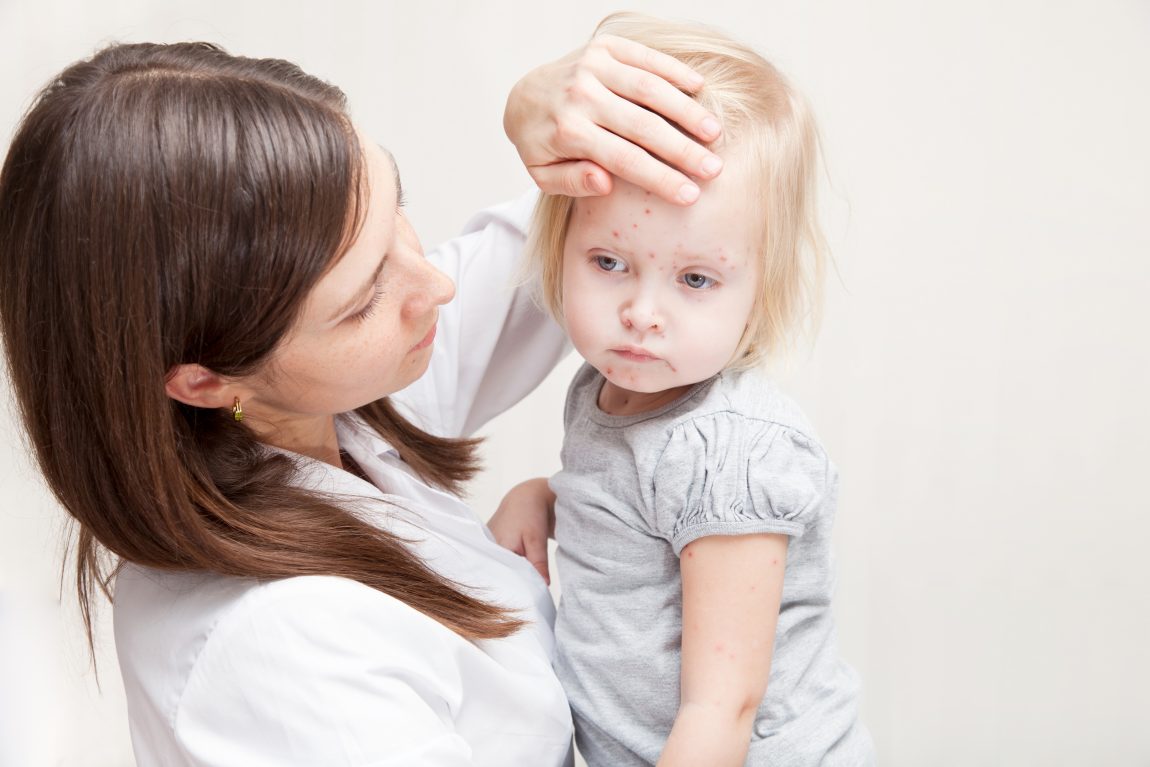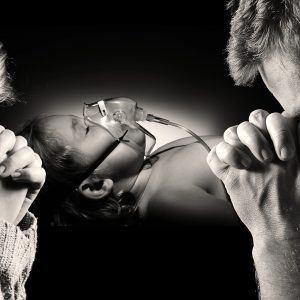
Hand, Foot, and Mouth Disease and What You Need to Know
You wouldn’t think it, but medicine is actually very similar to fashion. As the seasons change, so do the trends of viruses and infections. As winter ends, we stop seeing as much flu and start seeing typical spring and summer illness. Hand, Foot, and Mouth Disease is a very common illness in children that we treat mostly during the spring and summer seasons. When I diagnosis a child with Hand, Foot, and Mouth Disease, I can guarantee a look of horror and a gasp from the parents. Although the name itself sounds extremely serious, it is actually a very common illness. So today, I am going to teach you all you need to know about Hand, Foot, and Mouth Disease.
What is Hand, Foot, and Mouth Disease? Hand, Foot, and Mouth Disease is a common viral illness that usually affects infants and children younger than 5 years old. However, it can sometimes occur in adults. Symptoms of Hand, Foot, and Mouth Disease include fever, mouth sores, hand and foot sores, and a skin rash. Hand, Foot, and Mouth Disease is often caused by a strain of coxsackievirus, most commonly coxsackievirus A16.
How is it transmitted? This virus is very contagious and is spread through secretions such as salvia and mucus. It is most contagious during the first week of having symptoms and is typically spread through direct personal contact, fluid from the blisters, air (sneezing or coughing), or contact with contaminated objects and surfaces. It is also transmitted through stool. The virus tends to stay in feces for a longer period of time and can be passed for weeks after symptoms resolve. It is possible to get infected with the virus if you swallow infected water from a swimming pool due to small fecal particles. However, the transmission from stool is more likely to happen if you fail to use good hand washing hygiene after changing the diaper of an infected child.
What are the symptoms? It usually starts with a low grade fever (101-102 degrees), general discomfort, and sometimes a small rash on the buttock. About 1 to 2 days after the fever, you will begin to see blisters on the hands, feet, and inside the mouth. There may also be a full body rash. Many parents come into the emergency room with complaints of extreme crankiness and refusal to eat. Most children won’t eat because their mouth or throat is painful from sores.
How is it diagnosed? It is diagnosed through a history and physical by a healthcare provider. Additional labs and tests are not typically required.
What is the treatment? The most important thing to do is stay calm, the virus usually resolves within a week. The key to treatment is to alleviate the symptoms with pain control medications and to allow the virus to take its course. Hydration is also very important. It is imperative that your child drink and drink something that has a source of calories. Pedialyte is the best for hydration, but Gatorade will work as well. Since hydration is difficult due to pain, hydration requires pain control. MOTRIN, MOTRIN, MOTRIN! If your child is refusing fluids, give a dose of Motrin (as long as they are of appropriate age), wait 30 minutes, and try to hydrate again! If your child has a severe case, you will need to alternate every three hours with Motrin and Tylenol. Of course consult with your doctor for evaluation, proper pain management and dosing.
How do I prevent my child from getting this virus? There is no vaccine to protect against the virus that causes Hand, Foot, and Mouth Disease. Make sure to wash your hands often with soap and water, especially after changing diapers and using the toilet. Avoid sharing utensils and cups with siblings or friends who have been diagnosed with this virus. Disinfect commonly touched surfaces and toys.
What are the common complications of the virus? The most common complication is dehydration due to the child’s unwillingness to drink. As stated before, it is imperative that you coordinate your hydration with your pain control to ensure the best chance of getting your child to drink. Make sure to avoid foods that are fried, sharp (chips), or acidic (orange juice), as these foods cause pain due to the sores in the mouth.
I hope this helps with your journey! See you next Wednesday!



